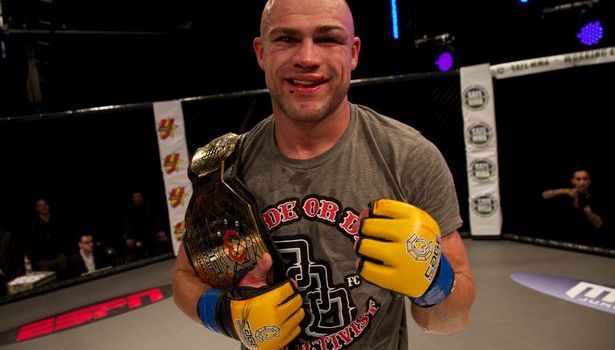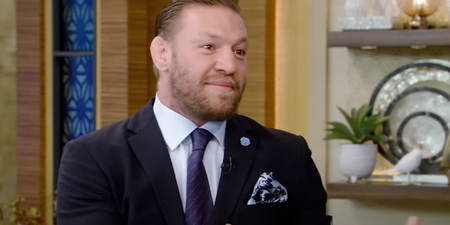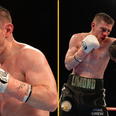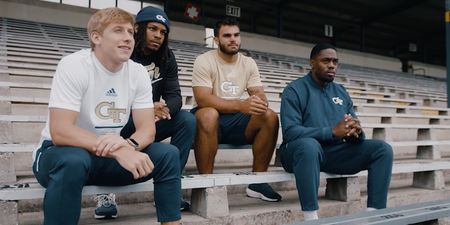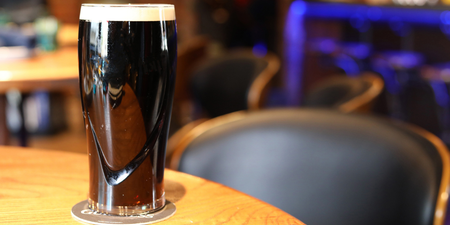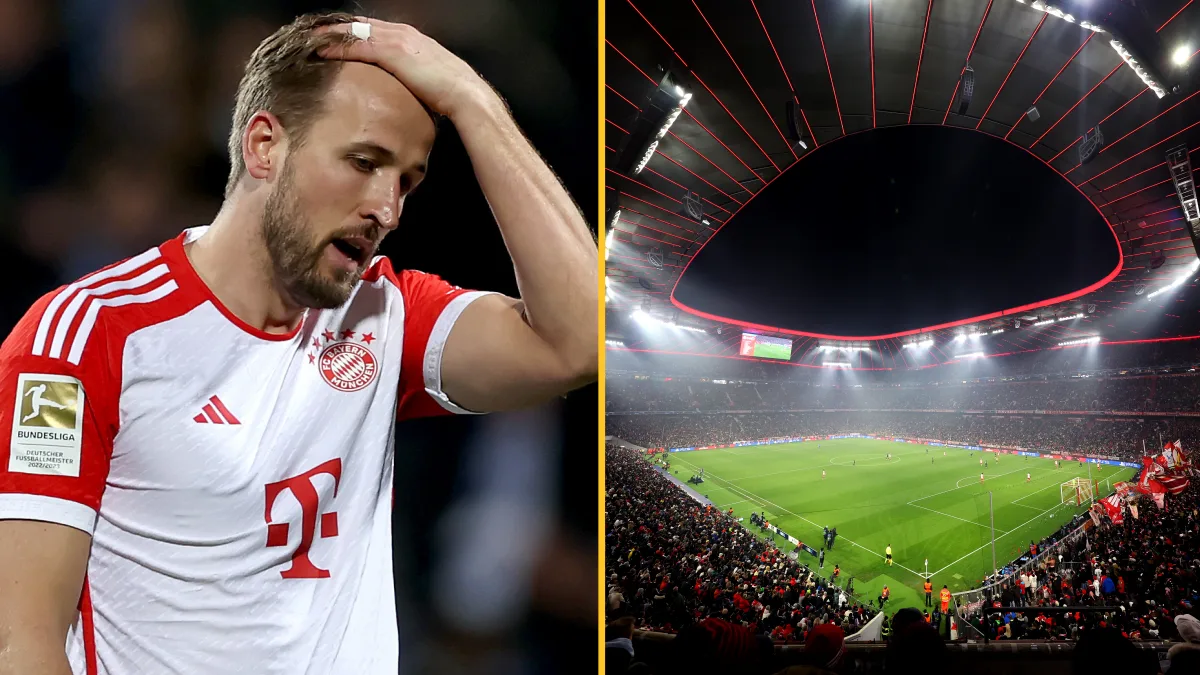This week, Cathal Pendred talks us through another vital part of his training, his strength and conditioning work and shows us how he does it in a handy video.
I often tell people that as a pro MMA fighter there aren’t enough days in the week to cover all the areas that you want to cover. The sport of MMA is so diverse that I have to cross train in various different martial arts separately. I have to train in Brazilian Jiu Jitsu, boxing, wrestling, muay thai, etc, and then I have training sessions where I put them all together.
On top of that, I do mental skills training (which I have already discussed in a previous blog) and my strength and conditioning training. The two types of training I have just mentioned are to supplement my skills-based training. Therefore they are like the finishing touches; there is no point being physically strong, conditioned and mentally tough unless you have the skill set to go along with that.
I do my strength and conditioning training at The Irish Strength Institute (ISI) with the guidance of the owners John Connor and Eoin Lacey as well as the rest of the coaching staff. My training at the ISI started over five years ago (before I had even turned professional) and the results of my training there have been phenomenal.
As I have explained before, one of the aims of a fighter is to be as lean as possible in order to compete at the lowest weight class that is healthy for your body type. This is one of the areas that the ISI coaches have been able to really help me with. They are experts at helping people achieve weight loss. With their knowledge of nutrition and training they have helped people of all walks of life achieve their fitness or weight loss goals.
My training in the ISI consists of three separate training sessions held throughout the week; one upper-body session, one lower-body session, and a conditioning session to finish out the week. Like I said, people of all walks of life train in the ISI from pro athletes to housewives, accountants, dentists, teachers, dentists, nurses, etc. My training regime is obviously a lot more advanced than most of the people that train in the ISI because I’m training there five years and a professional athlete.
The aims of my training sessions in the ISI are to maximise the strength of muscles, reduce my body fat as much as possible, condition my body so that my fitness is at its peak for competition, and reduce the chances of injury
My injury prevention is achieved by strengthening the areas around the joints that are most susceptible to injury such as the knee and the shoulder. As well as this, the coaches perform muscle fascia stretching and other sorts of treatment to my body which helps my body stay injury free and recover more effectively from my training.
The coaches at the ISI assess each client and determine which training and nutrition regime suits them best. The ISI’s experience at this has led them to be very effective for working with the SBG pro MMA team. As fighters come in all different shapes and sizes and subsequently fight with different styles, their strength and conditioning needs vary. By setting specific training for each particular person they are able to get the greatest results possible.
And to help you understand it a bit more, here’s a video I made with ISI coach John Connor which shows the type of training I do over the course of three sessions I do during the week.
